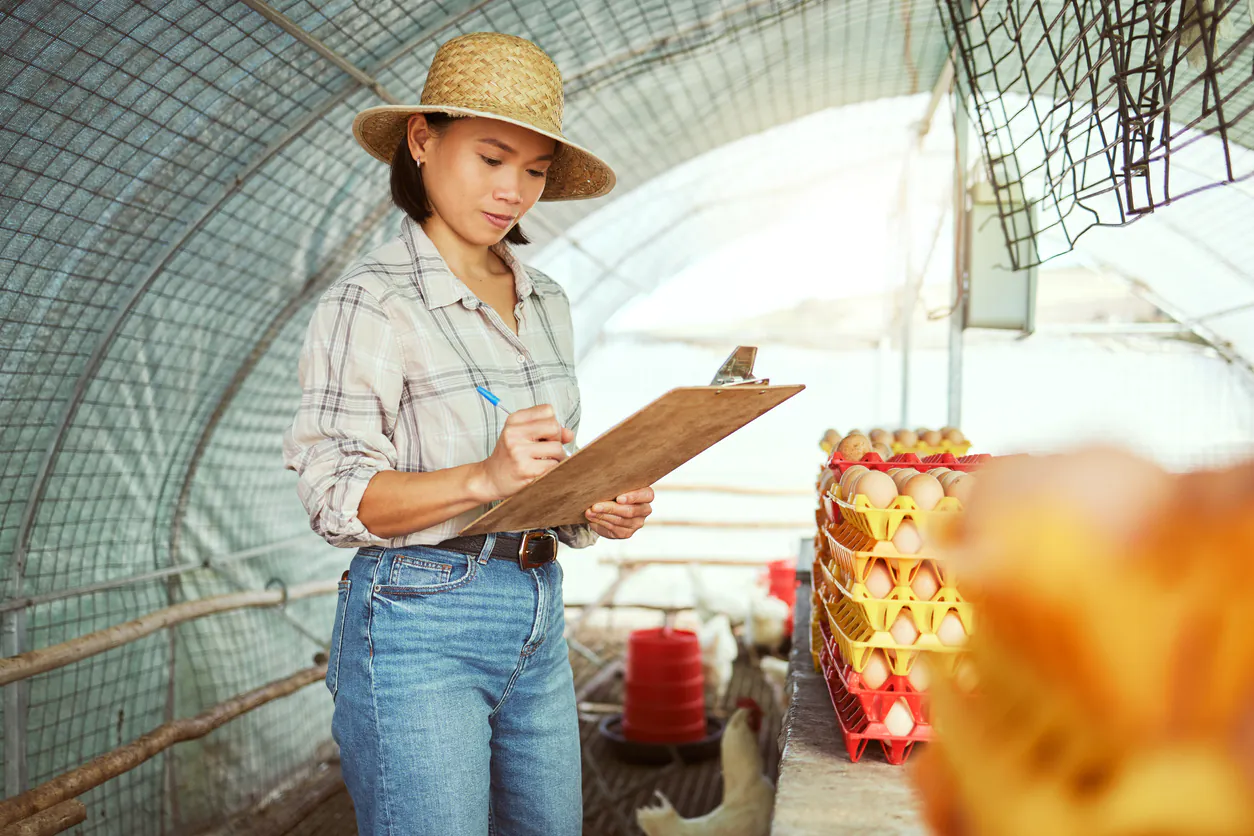The Future of Animal Food Manufacturing
As the global population continues to grow, the demand for sustainable and nutritious animal feed increases as well. In this article, we explore the future of animal food manufacturing and discuss recent innovations and trends that are shaping the industry.
The Importance of Animal Food Manufacturing
Animal food manufacturing plays a crucial role in providing sustainable and nutritious feed for pets and livestock. As the demand for meat and dairy products increases, it is essential to ensure that these animals are fed high-quality diets that promote health and productivity.
The Growing Demand for Sustainable and Nutritious Animal Feed
Consumers are becoming more aware of the environmental impact and nutritional value of the food they consume. This has led to an increased demand for sustainable and nutritious animal feed that aligns with these values.
Preview of the Main Topics to be Discussed
In this article, we will discuss:
- Technological advancements in animal food manufacturing
- Sustainable and alternative ingredients
- Improving animal nutrition and health
- Environmental impact and climate change
- Consumer trends and market demands
- Government regulations and industry standards
- Challenges and opportunities for the future
Technological Advancements in Animal Food Manufacturing
A. Automation and Robotics in Production Lines
The integration of automation and robotics in animal food production lines has increased efficiency and reduced labor costs. Examples include automated animal feed equipment and commercial fish feed manufacturers that utilize advanced machinery for precise and consistent feed production.
B. Artificial Intelligence and Machine Learning for Process Optimization
Artificial intelligence (AI) and machine learning are being used to optimize processes in animal food manufacturing. AI can analyze vast amounts of data to identify inefficiencies and make real-time adjustments, resulting in significant cost savings and improved product quality.
C. The Role of IoT and Big Data in Improving Supply Chain Efficiency
The Internet of Things (IoT) and big data play a vital role in streamlining supply chain management. By collecting and analyzing data, manufacturers can make data-driven decisions, resulting in reduced waste, optimized inventory levels, and improved logistics.
Sustainable and Alternative Ingredients
A. The Use of Insects as a Protein Source
Insects are gaining popularity as a sustainable and nutrient-dense protein source for animal feed. Anchovy paste manufacturers are exploring the use of insects as an alternative to traditional fish-based proteins.
B. Incorporation of Plant-based Proteins
Plant-based proteins, such as soy and peas, are increasingly being used in animal feed formulations. These proteins offer a more sustainable and environmentally friendly alternative to traditional animal-based proteins.
C. Upcycling Food Waste for Animal Feed
The practice of upcycling food waste into animal feed is gaining traction. This approach not only reduces waste but also provides an additional source of nutrients for animal diets.
Improving Animal Nutrition and Health
A. Functional Ingredients and Feed Additives
Functional ingredients and feed additives, such as vitamins, minerals, and enzymes, are essential for maintaining animal health and improving overall performance. Dog supplement companies are developing innovative solutions to meet these needs.
B. The Role of Probiotics and Prebiotics
Probiotics and prebiotics play an essential role in promoting animal gut health and overall well-being. By supporting a healthy microbiome, these ingredients can help improve digestion, nutrient absorption, and immune function in pets and livestock.
C. Personalized Nutrition for Pets and Livestock
As consumer demand for personalized nutrition grows, manufacturers are focusing on developing tailored animal feed formulations that cater to the specific needs of individual pets and livestock species. This approach can lead to improved health, well-being, and productivity.
Environmental Impact and Climate Change
A. Reducing the Carbon Footprint of Animal Food Production
Sustainable practices in animal food manufacturing, such as using alternative protein sources and upcycling food waste, can help reduce the industry’s carbon footprint and contribute to combating climate change.
B. Water Conservation and Waste Management
Water conservation and effective waste management are critical aspects of sustainable animal food manufacturing. By utilizing water-saving technologies and recycling waste materials, manufacturers can minimize their environmental impact.
C. The Role of Regenerative Agriculture in Feed Sourcing
Regenerative agriculture promotes soil health, biodiversity, and carbon sequestration. By sourcing feed ingredients from regenerative agricultural practices, animal food manufacturers can support environmentally friendly and sustainable food production.
Consumer Trends and Market Demands
A. The Rise of Organic and Non-GMO Animal Feed
As consumers increasingly prioritize natural and organic products, the demand for organic and non-GMO animal feed is on the rise. Manufacturers are adapting their production processes to meet these market demands.
B. The Importance of Transparency and Traceability in the Supply Chain
Consumers are becoming more concerned about the origin and quality of their food. To address this, animal food manufacturers are focusing on improving supply chain transparency and traceability, allowing consumers to make informed decisions about the products they purchase.
C. Addressing the Demand for Clean Label and Eco-friendly Packaging
Clean label and eco-friendly packaging are becoming essential factors for consumers when choosing animal feed products. Manufacturers must consider these preferences when designing their packaging and labeling strategies.
Government Regulations and Industry Standards
A. Ensuring Food Safety in Animal Food Manufacturing
Food safety is a critical concern in animal food manufacturing. Manufacturers must adhere to strict safety standards and regulations to ensure the quality and safety of their products.
B. Adapting to Evolving Regulations and Compliance Requirements
As regulations and compliance requirements evolve, animal food manufacturers must stay informed and adapt their processes accordingly. This may include investing in new technologies, training, and certifications to meet these changing standards.
C. The Role of Industry Associations and Certifications
Industry associations and certifications play an essential role in promoting best practices, standardization, and continuous improvement in the animal food manufacturing industry. Manufacturers can benefit from participating in these organizations to stay current on industry trends and innovations.
Challenges and Opportunities for the Future
Balancing Productivity, Sustainability, and Quality
As the demand for sustainable and nutritious animal feed continues to grow, manufacturers must find innovative ways to balance productivity, sustainability, and product quality. This will require ongoing investments in research, technology, and sustainable practices to ensure a bright future for the animal food manufacturing industry.
In conclusion, the future of animal food manufacturing is full of opportunities and challenges. By embracing technological advancements, sustainable ingredients, and innovative practices, manufacturers can meet the growing demand for nutritious and environmentally friendly animal feed. To learn more about the animal food manufacturing industry, visit BizVibe and sign up for updates.



